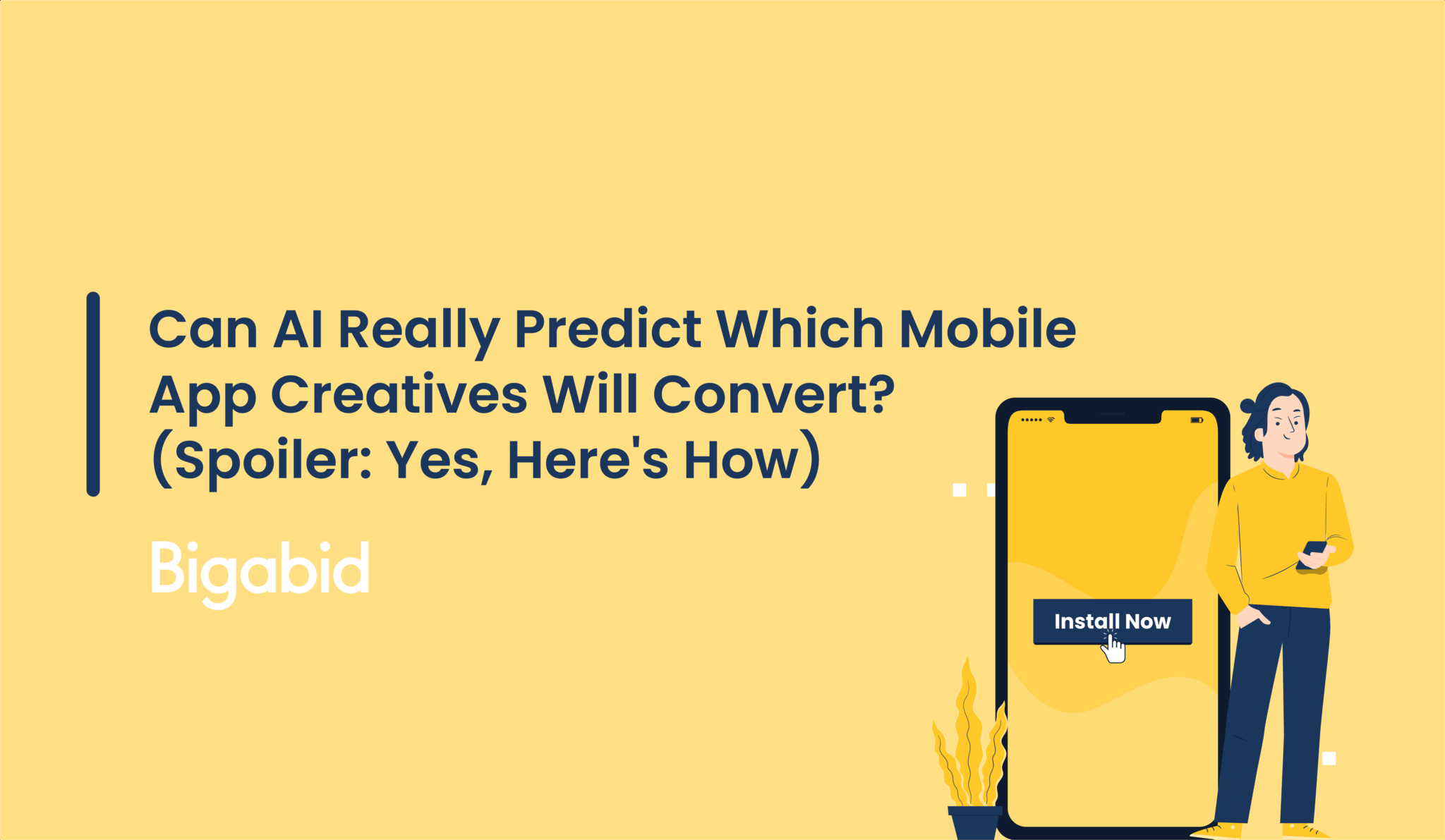
Your creative team just delivered 15 new mobile app ad variations. Each one looks polished, on-brand, and compelling. The problem? You have no idea which ones will actually drive installs until you burn through weeks of testing and thousands in ad spend.
Sound familiar? You’re not alone. Mobile app marketers waste millions every year testing creative combinations that AI could have predicted would fail before the first impression served.
Here’s a scenario that plays out daily across the industry: A gaming app launches five video creatives showcasing different gameplay elements. After two weeks and $25,000 in spend, one creative emerges as the clear winner with a 12% conversion rate. The others barely crack 2%. The winning creative featured fast-paced action sequences with specific color combinations and pacing that resonated with the target audience.
But here’s the kicker—AI systems analyzing similar creatives across thousands of campaigns could have predicted that outcome on day one. The winning elements weren’t random; they followed predictable patterns based on user preferences, visual psychology, and performance data from millions of previous mobile app ads.
The days of creative Russian roulette are ending. Advanced AI systems now analyze creative elements, user preferences, and contextual factors to predict mobile app ad performance before campaigns launch. They’re turning creative optimization from expensive guesswork into data-driven precision.
This blog reveals how AI predicts mobile app creative performance, explores the technical systems that make this possible, and shows you how to eliminate creative testing waste while dramatically improving campaign results.
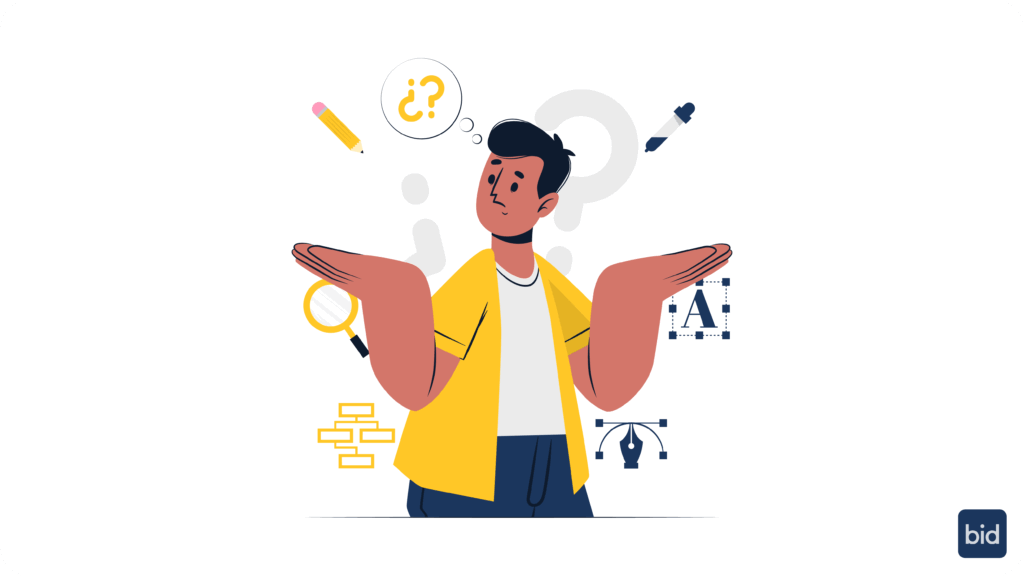
Let’s address the elephant in the room: traditional creative testing is bleeding mobile app marketing budgets dry while competitors using AI-powered prediction gain insurmountable advantages.
Most mobile app marketers follow the same painful process. Creative team produces multiple variations. Marketing team launches broad tests across different audiences. Everyone waits weeks for statistically significant results. Winners get scaled, losers get killed, and the cycle repeats with new creative concepts.
This approach burns cash and time while missing fundamental insights about why certain creatives perform. You learn that Creative A beats Creative B, but you don’t understand the underlying elements driving performance differences. This knowledge gap makes future creative development a continuous guessing game.
The scale of waste is staggering. Industry data suggests that mobile app marketers typically see meaningful conversion rates from only a small percentage of their creative tests. The rest generate mediocre results or outright failures that consume budget without delivering installs.
Creative fatigue compounds the problem. Even winning creatives lose effectiveness over time as audiences become oversaturated. Traditional testing cycles can’t keep pace with the speed at which mobile app creatives burn out, especially in competitive categories where users see dozens of similar ads daily.
Platform algorithms add another layer of complexity. Facebook, Google, TikTok, and other advertising platforms use their own machine learning systems to optimize ad delivery. These algorithms favor creatives that generate strong early engagement signals, meaning poor creative performance gets amplified through reduced reach and higher costs.
Attribution challenges make creative performance measurement increasingly difficult. With privacy changes limiting traditional tracking, marketers struggle to connect creative elements with downstream user behavior and lifetime value generation.
The breakthrough comes from recognizing that creative performance isn’t random—it follows predictable patterns based on visual elements, messaging approaches, user psychology, and contextual factors that AI systems can identify and predict with remarkable accuracy.
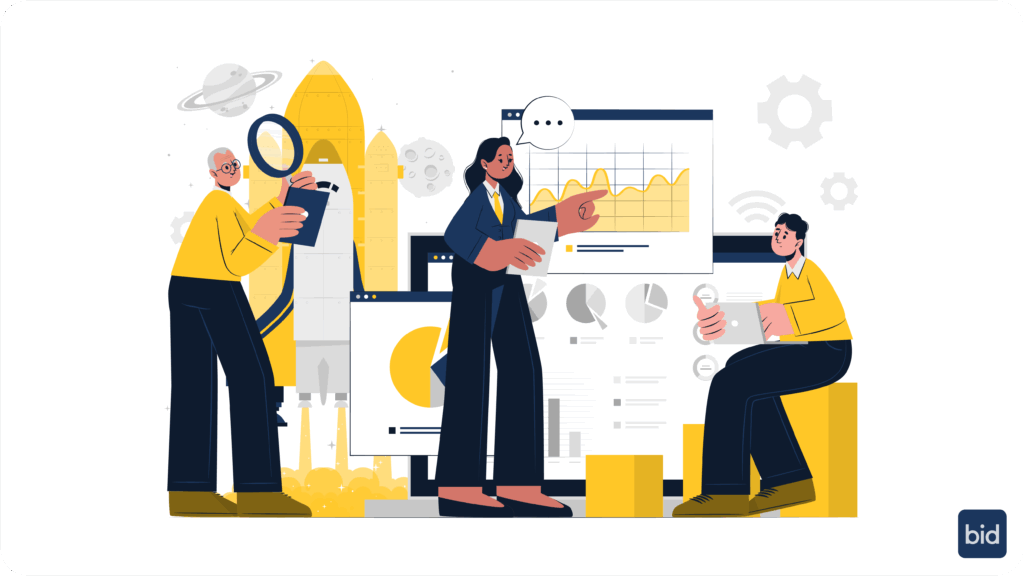
Here’s where advanced machine learning transforms creative optimization from art into science.
AI systems approach creative analysis fundamentally differently than human evaluation. Instead of subjective aesthetic judgments, these systems analyze thousands of quantifiable elements that correlate with performance outcomes. They process visual components like color palettes, composition structures, movement patterns, and typography choices alongside messaging elements, call-to-action placement, and audio characteristics.
Computer vision algorithms break down video creatives frame by frame, identifying visual elements that drive engagement. They recognize that fast-paced gaming footage performs differently than slow product demonstrations, that certain color combinations attract specific demographics, and that particular visual transitions maintain viewer attention longer.
Natural language processing analyzes creative copy to identify messaging patterns that resonate with different audience segments. These systems learn that urgency-creating language works for some app categories while benefit-focused messaging performs better for others. They identify optimal headline structures, call-to-action phrasing, and emotional triggers that drive installs.
Audio analysis capabilities process sound design, music choices, and voiceover characteristics that influence creative performance. Gaming app creatives with high-energy soundtracks often outperform those with ambient music, while productivity apps benefit from calm, professional audio elements.
Cross-creative learning enables AI systems to identify performance patterns across millions of mobile app advertisements. They learn universal principles—like the optimal video length for different platforms—alongside category-specific insights that inform predictions for new creative concepts.
User preference modeling creates sophisticated audience profiles that predict creative responsiveness. These systems understand that puzzle game enthusiasts respond to different visual elements than action game players, that shopping app users prefer certain creative formats over others, and that demographic factors influence creative performance in predictable ways.
Contextual analysis considers external factors affecting creative performance. Seasonal trends, cultural events, platform algorithm changes, and competitive landscape shifts all influence how audiences respond to specific creative elements. AI systems incorporate these contextual signals to improve prediction accuracy.
Performance prediction models synthesize all these inputs to generate probability scores for new creative concepts before they launch. Instead of guessing which creative will perform, these systems predict conversion rates, engagement metrics, and optimal audience targeting with remarkable precision.
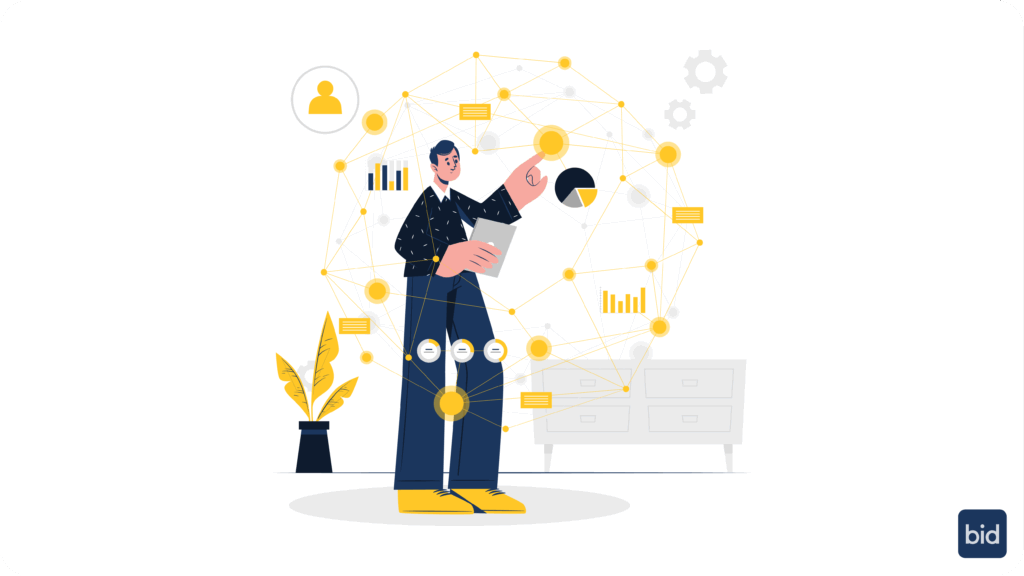
The sophistication of modern creative prediction systems relies on advanced neural network architectures that process multiple data types simultaneously.
Multi-modal analysis forms the foundation, combining computer vision for visual elements, natural language processing for copy analysis, and audio processing for sound design evaluation. These integrated systems understand how different creative components work together to influence user behavior.
Embedding layers convert complex creative elements into mathematical representations that enable pattern recognition. Color schemes become numerical vectors, visual compositions transform into spatial coordinates, and messaging approaches convert to semantic embeddings that capture meaning and emotional impact.
Attention mechanisms help AI systems focus on creative elements most predictive of performance outcomes. When analyzing gaming app videos, these systems might prioritize action sequences and character design over background elements. For e-commerce apps, product imagery and pricing displays receive greater analytical weight.
Temporal analysis processes how creative elements change over time within video advertisements. These systems understand that viewer attention patterns follow predictable curves, that certain visual sequences maintain engagement longer, and that pacing variations influence completion rates and conversion likelihood.
Transfer learning enables creative prediction systems to apply insights from one app category to improve predictions for another. Universal creative principles—like optimal text readability or effective visual hierarchy—transfer across categories while category-specific patterns get weighted appropriately for new predictions.
Ensemble modeling combines multiple specialized neural networks, each optimized for different aspects of creative performance prediction. One network might excel at predicting engagement rates while another specializes in conversion likelihood. The ensemble approach delivers more robust predictions than any single model.
Real-time learning capabilities enable these systems to continuously improve as new performance data becomes available. Each creative test provides additional training data that refines future predictions, creating compounding accuracy improvements over time.
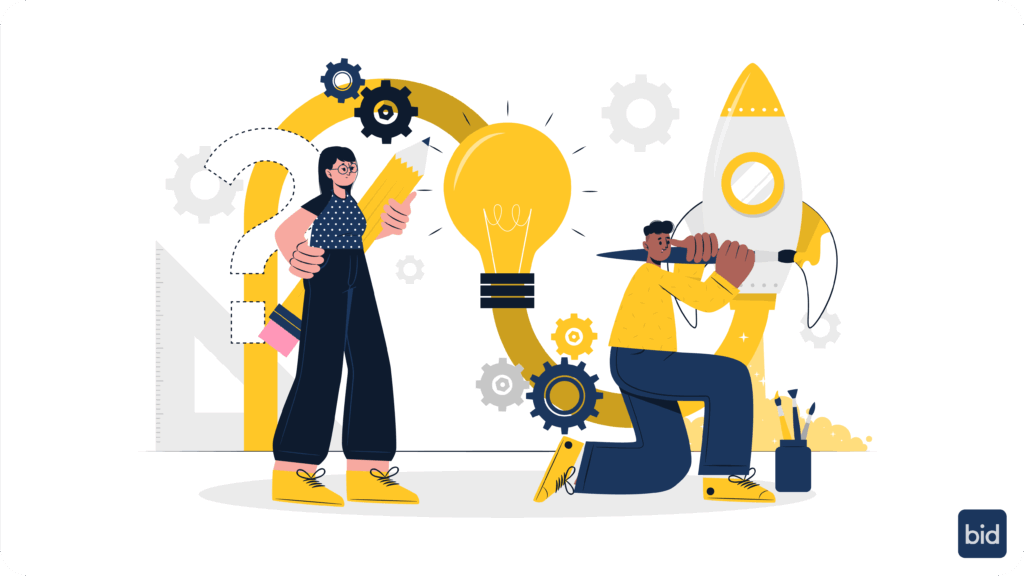
The real value emerges when creative predictions translate into campaign strategies that eliminate testing waste and improve results.
Pre-launch creative scoring enables marketers to rank new creative concepts by predicted performance before spending any media budget. Instead of testing everything, teams can focus resources on concepts with highest success probability while discarding or improving low-scoring variations.
Creative element optimization identifies specific improvements that could boost predicted performance. AI systems might suggest adjusting color palettes, modifying pacing, or changing call-to-action placement to improve conversion probability. These recommendations enable targeted creative refinements rather than wholesale concept changes.
Audience-creative matching predicts which creative variations will resonate with specific user segments. The same app might need completely different creative approaches for casual versus hardcore gaming audiences, with AI systems identifying optimal creative-audience pairings before launch.
Dynamic creative generation takes optimization beyond human capabilities by automatically creating personalized creative variations. These systems can generate thousands of creative combinations, each optimized for specific audience segments and contextual factors.
Platform-specific optimization recognizes that creative performance varies significantly across advertising platforms. TikTok audiences respond to different creative elements than Facebook users, requiring platform-tailored creative strategies informed by AI predictions.
Competitive intelligence emerges from analyzing creative trends across similar mobile apps. AI systems identify when competitors launch high-performing creative concepts and predict market saturation points where certain creative approaches lose effectiveness.
Creative refresh prediction identifies when successful creatives will likely experience performance decline due to audience fatigue. This enables proactive creative rotation rather than reactive responses to performance drops.
Budget allocation optimization uses creative performance predictions to inform spend distribution. High-performing creative concepts receive increased budget allocation while predicted underperformers get minimal testing budgets or immediate improvement recommendations.
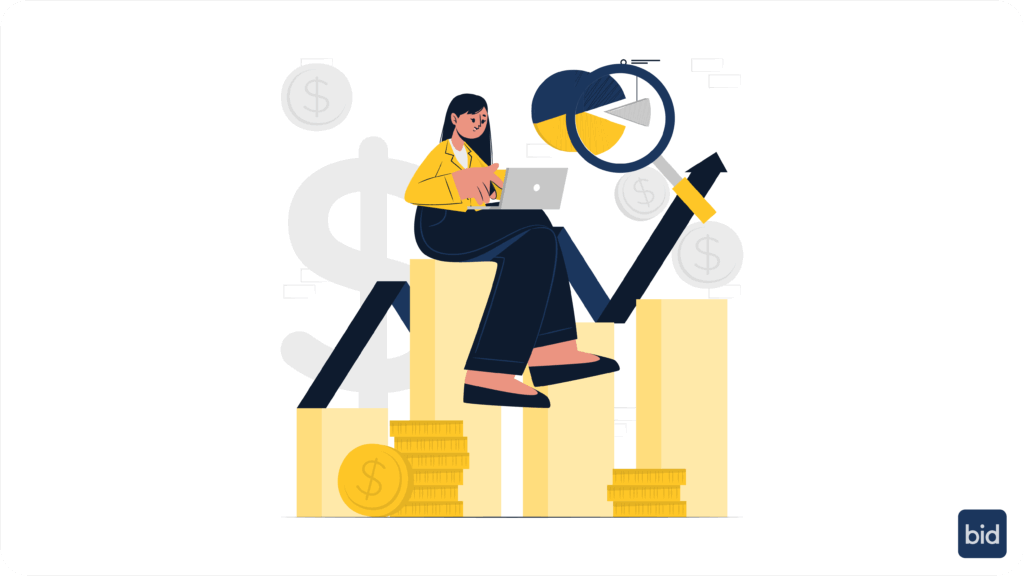
Understanding how creative prediction systems perform across different mobile app categories provides crucial context for implementation planning.
Prediction accuracy varies by app category and creative complexity, but sophisticated systems typically achieve meaningful accuracy improvements over random testing. The most significant value comes from eliminating obvious failures and identifying high-probability winners rather than perfect prediction of exact performance metrics.
Cost efficiency gains represent the most immediate benefit for mobile app marketers. By concentrating testing budgets on high-probability creative concepts, teams often achieve substantial reductions in creative testing costs while maintaining or improving overall campaign performance.
Time-to-market improvements enable faster campaign launches and optimization cycles. Instead of waiting weeks for traditional test results, AI-powered prediction enables immediate creative decision-making and rapid iteration on promising concepts.
Creative quality improvements emerge as teams learn from AI predictions and incorporate performance insights into future creative development. Understanding why certain visual elements or messaging approaches perform better enables more strategic creative production.
Gaming apps typically see strong prediction accuracy for video creatives showcasing gameplay mechanics, character design, and progression systems. AI systems excel at identifying visual elements that appeal to different gaming subcategories and player motivations.
E-commerce apps benefit from creative prediction focused on product presentation, pricing displays, and urgency creation. These systems understand how visual merchandising principles translate to mobile advertising performance.
Social apps require creative prediction that considers community elements, user-generated content integration, and platform-specific cultural factors. AI systems must account for rapidly changing social trends and platform algorithm preferences.
Subscription apps need creative prediction that balances free trial promotion with long-term value communication. These systems must predict both initial conversion and downstream subscription likelihood based on creative messaging approaches.
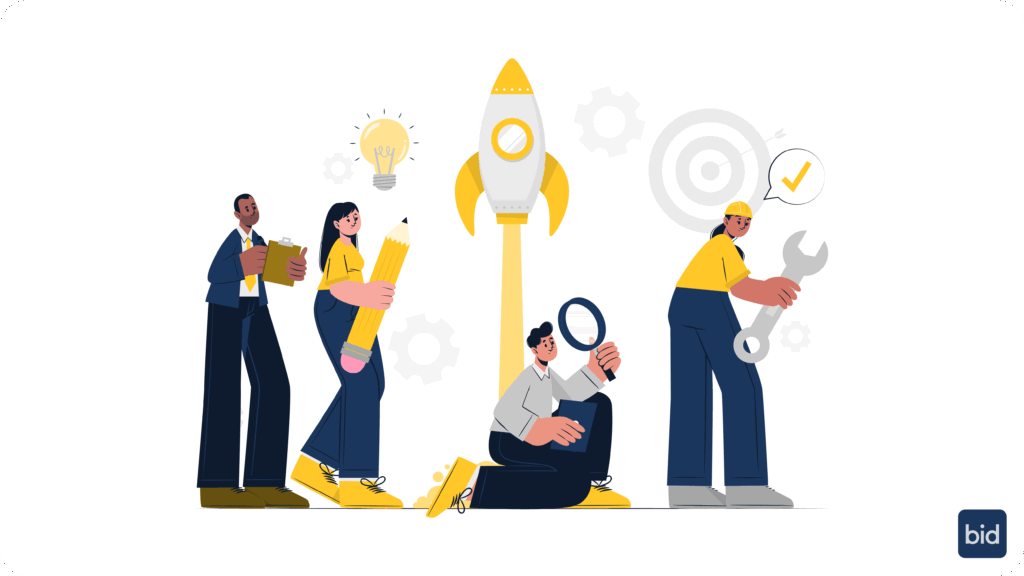
Successfully implementing AI-powered creative prediction requires strategic planning that addresses both technical capabilities and creative workflow integration.
Data infrastructure planning ensures creative performance data flows effectively into prediction systems. Historical campaign data, creative asset libraries, and performance metrics must be organized and accessible for machine learning analysis.
Creative asset management becomes crucial for AI system training and prediction accuracy. Comprehensive tagging of creative elements, performance outcomes, and audience responses enables more sophisticated pattern recognition and improved predictions.
Workflow integration determines whether creative prediction enhances or disrupts existing creative development processes. Successful implementations blend AI insights with human creativity rather than replacing creative judgment entirely.
Team education ensures creative and marketing teams understand how to interpret and act on AI predictions. These systems provide recommendations and probability scores, but human expertise remains essential for strategic creative decisions.
Testing protocol adaptation acknowledges that creative prediction changes traditional A/B testing approaches. Instead of broad testing, teams can focus on narrow optimization opportunities identified through AI analysis.
Platform coordination becomes important as creative prediction insights must translate effectively across different advertising platforms and their unique optimization requirements.
Performance measurement frameworks need adjustment to capture both prediction accuracy and business impact from improved creative optimization. Traditional creative testing metrics should be supplemented with prediction-specific success indicators.
Creative brief development can incorporate AI insights to guide concept development toward higher-probability success patterns while maintaining brand authenticity and creative innovation.
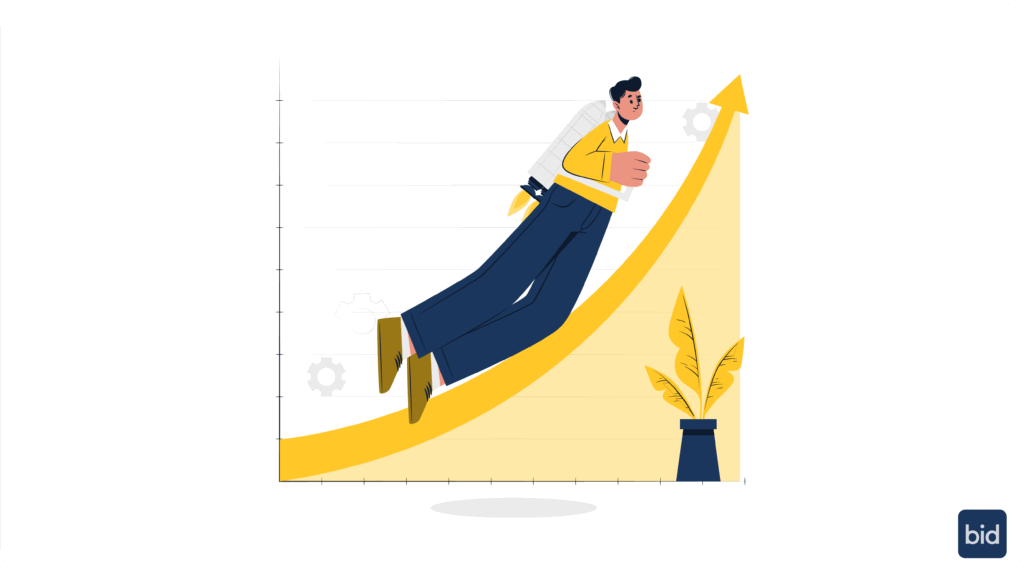
The evolution of AI-powered creative prediction continues accelerating, with emerging capabilities promising even more sophisticated optimization for mobile app marketers.
Real-time creative optimization will enable dynamic creative adjustments based on live performance data and audience response patterns. Creative elements could automatically adapt based on user engagement signals and platform algorithm feedback.
Cross-platform creative intelligence will create unified creative strategies that optimize performance across multiple advertising channels simultaneously. These systems will understand how creative performs differently across platforms while identifying universal elements that work everywhere.
Generative creative capabilities will move beyond prediction toward automatic creative production. AI systems will generate new creative concepts based on performance predictions and brand guidelines, dramatically expanding creative testing capacity.
User-level creative personalization will enable individual creative optimization based on specific user preferences and behavioral patterns. Instead of segment-level targeting, future systems might generate unique creative variations for individual users.
Predictive creative fatigue modeling will forecast when successful creatives will lose effectiveness, enabling proactive creative refresh strategies that maintain campaign performance over extended periods.
Brand safety integration will ensure AI-generated creative recommendations align with brand guidelines and regulatory requirements while maximizing performance predictions.
Competitive creative monitoring will provide real-time insights into competitor creative strategies and performance patterns, enabling more strategic creative positioning and differentiation.
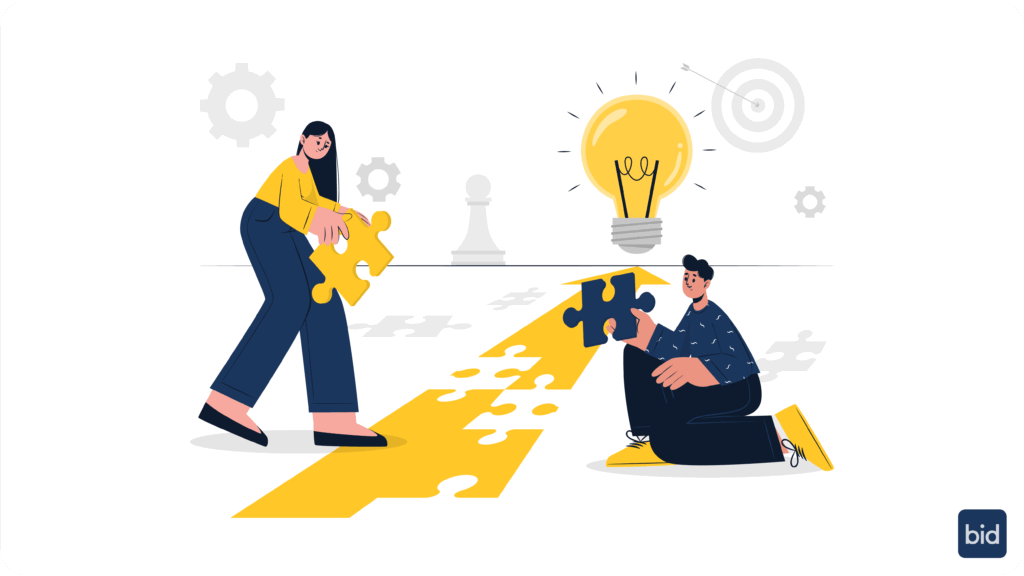
Your creative team produces brilliant work. Your media budget deserves better than random testing outcomes.
While competitors burn through testing budgets hoping to find winners, AI-powered creative prediction identifies high-performing concepts before the first dollar gets spent. Every day you rely on traditional creative testing is another day of wasted budget and missed opportunities.
The mobile app advertising landscape has evolved beyond subjective creative evaluation. Users expect personalized experiences, platforms favor algorithmically optimized content, and competition demands creative strategies based on data rather than intuition.
At Bigabid, our neural network platform doesn’t just analyze creative performance—it predicts which concepts will drive installs before campaigns launch. Our AI systems process visual elements, messaging approaches, and audience preferences to identify winning creative combinations with remarkable accuracy.
We transform creative optimization from expensive guesswork into strategic advantage. Our prediction capabilities help mobile app marketers eliminate testing waste, accelerate time-to-market, and achieve better campaign performance through data-driven creative decisions.
Whether you’re launching new mobile app campaigns or optimizing existing creative portfolios, our AI-powered platform turns creative development from cost center into competitive advantage.
Ready to know which creatives will convert before you test them?
Contact Bigabid today. Let’s turn your creative strategy into predictive precision.